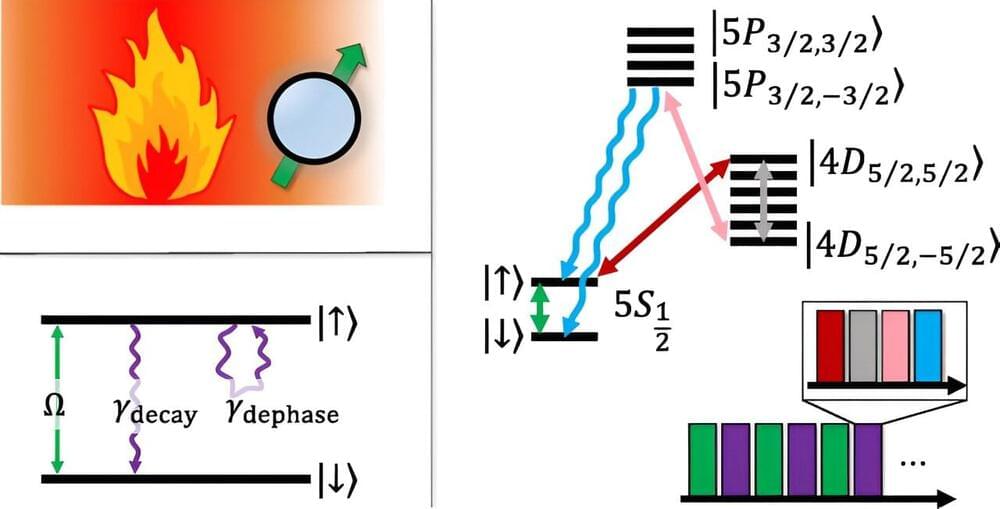A study investigating the effect of sleep on brain performance has found a link between an individual’s preference for morning or evening activity and their brain function, suggesting that self-declared “night owls” generally tend to have higher cognitive scores.
Researchers at Imperial College London looked at data from more than 26,000 people to find out how different aspects of sleep—including duration, patterns, and quality—affected mental sharpness and overall cognitive ability.
Using data from the extensive UK Biobank database, they analyzed information on U.K. adults who had completed a number of cognitive tests—including whether people described themselves as a “morning person” or an “evening person,” referring to which time of the day they felt more alert and productive.







